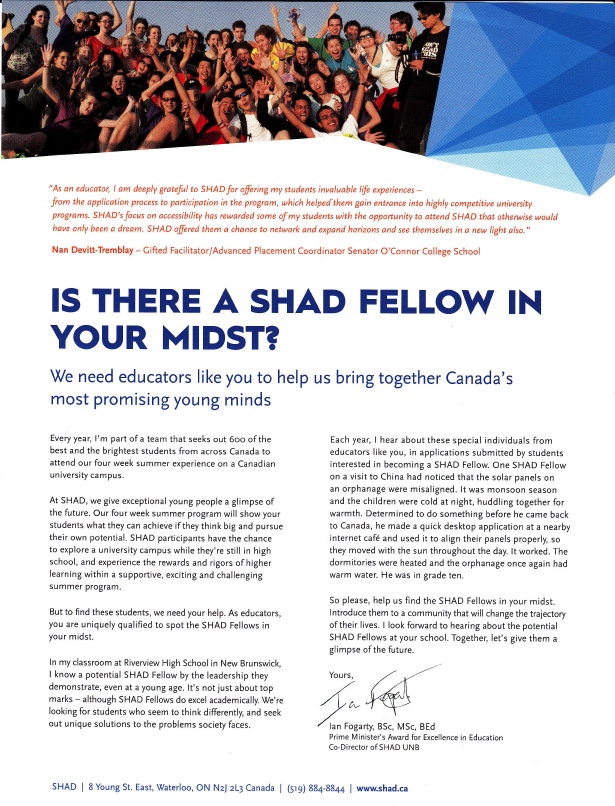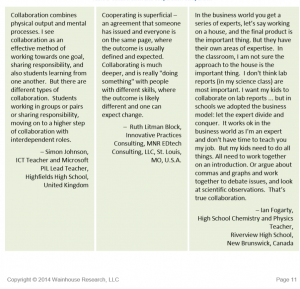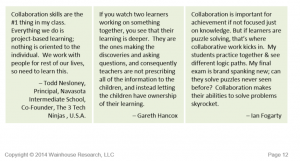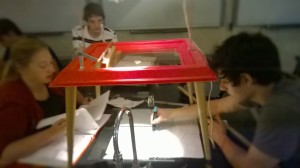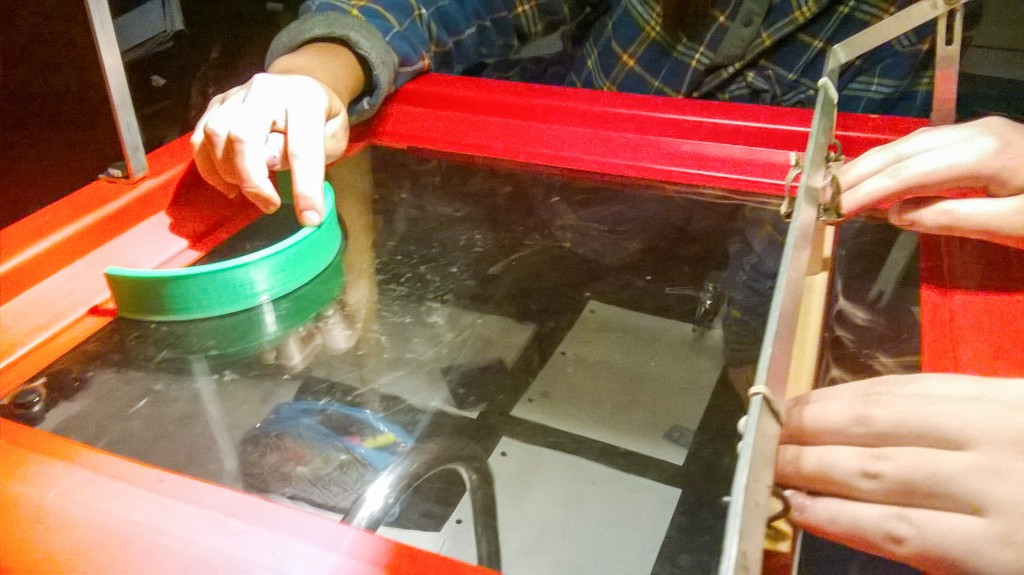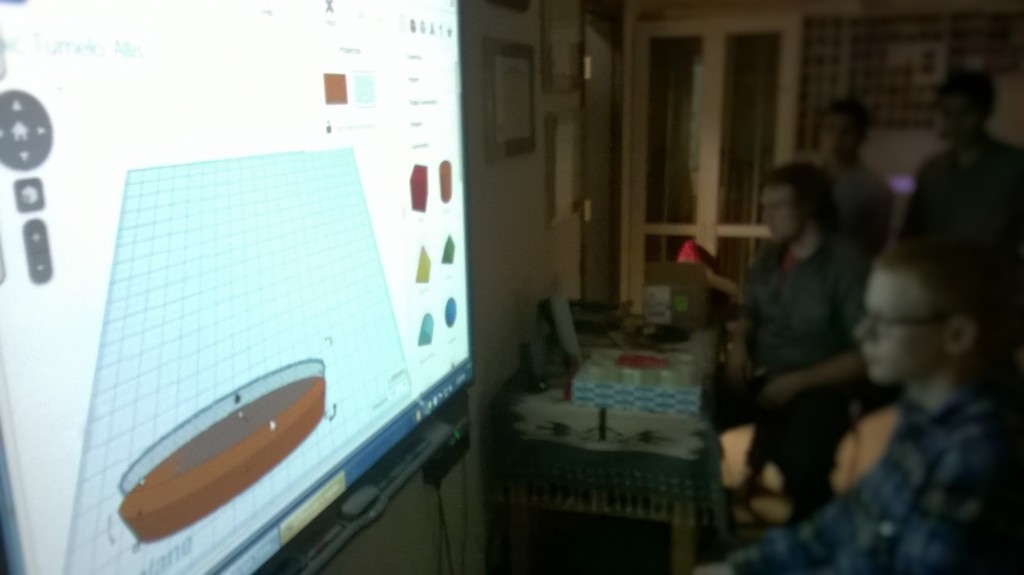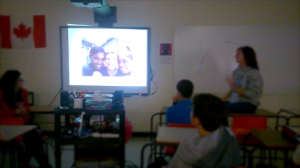Monthly Archives: October 2014
I’m quoted in Wainhouse Research Publishes Soft Skills in Education
Wainhouse Whitepaper on the Role of Soft Skills in Education I was most fortunate to be asked to contribute. Turns out they quoted me numerous times. Who would have thought when they also got contributions from great people including Lord Knight (who introduced me at BETT), David Whyley (who I work with at Pheasey Park School and ISTE), and Boris (who keeps pushing me to think about global collaborations).. I find it so interesting that I interact with this group of people on a regular basis and that a third party research groups sought out teachers from a world of educators and we came together…
3D Printing bring Creativity to Wavetable Labs
My physics students have always been encouraged to investigate mysteries. 3D printing brings a new dimension to creativity and mystery investigation.
When I was a student and did the Wave Table Labs, I was given a very specific and detailed procedure designed to get students to the physics learning quickly and efficiently. However, it did not give me a chance to explore or create. We were little robots learning what was also written in the text book. The advantage was that it was quick, easy to test and we could get many more chapters done.
As a teacher, I gave my students an opportunity to be creative. Their groups were given vague instructions such as, “Discover something about how waves reflect. You will need to collect some data and include a graph in your report”. Students would often bring some things from home such as Lego to build walls. Every year they demonstrate creativity in the way they measure amplitudes or create computer programs to track waves in a video. They were always limited in the kinds of barriers they could have. This style of teaching takes much more time, so we cannot cover as many chapters and the grading scheme is based around experimental design rather than a particular law or piece of knowledge.
This year, a new level of creativity and problem solving became possible. Now students are having the next level of conversations. “What would happen if we had a barrier that looked like this? I wonder if the energy would be focused if we had a wall like …?” In the past, that was the end of the conversation. But now, students are taking extra time to learn Tinker CAD, design their own barriers and then using them in the next iteration of their labs.
The design process of the new barriers became a whole new group activity where individual creativity became a group discussion. Although they gathered around the SMARTBoard so that they could work together, the person at the keyboard and mouse operated the software. The SMARTboard and Tinker CAD were not that compatible for direct interfacing with the software.
The 3D printer gives students a quick chance enact their creativity and grow their brains.
Flashlights for Maria and Hailey : Philanthropic Engineering
Preston Middle School asks its students “how are you going to change the world today?” They believe that learning is meant to make people lives better and students should not wait until tomorrow to make an impact.
John Howe and Tracey Winey of Preston Middle generously shared an idea for a way to bring purpose to the science 9 class. Students would learn circuits, not because it was on the curriculum document and the to write a test, but rather people will have lesser lives without their learning. They inspired Philanthropic engineering.
Today, Leah, one of my students, spoke to all the grade 9 classes about her experience building houses in the Dominican Republic. She impressed upon us how happy these people were and how they made the best of things despite having very little.
Leah spoke about how Maria and Hailey are studying very hard to become doctors so that they can help their village. However, because of rolling blackouts, they only have electricity every second evening. This greatly inhibits their ability to study and therefore their chances a medical school. They need a source of light to study from.
The grades 9’s have been tasked with studying series and parallel circuits to help them design a light source. The BBT class are tasked with designing a case. The end result should be some light sources that will be delivered in March.
From a teaching point of view, we will have a purpose for learning the science and hopefully empower kids to use their schooling to help others.
I am very much looking forward to how Preston and RHS students can work together in the near future. I learn and am energized every time we interact. Thank you John and Tracey.
Arduino Aquaponic Greenhouse Learning Resources accepted by Partners in Learning
The RHS Arduino Automated Greenhouse project was accepted by the Microsoft Partners in Learning as a learning resource for its many members. Special thank you to all the partners including NBCC Moncton, Agora Mobile and Blakney Electric.
That makes two. I think we are almost ready to to enter our whole school as an innovative school.
20 Tips for Collaboration
SMART tweeted this article that I thought had some great points. Reminds me of Brown Book Coop learning from my BEd way back in 1996.

